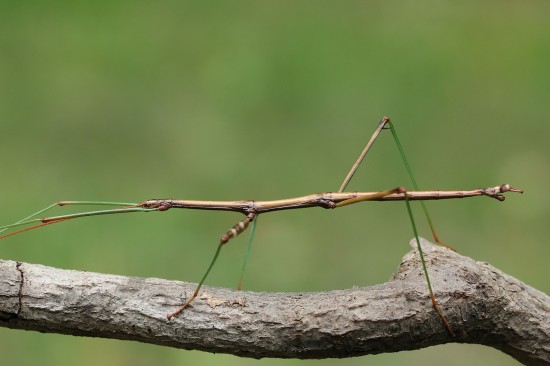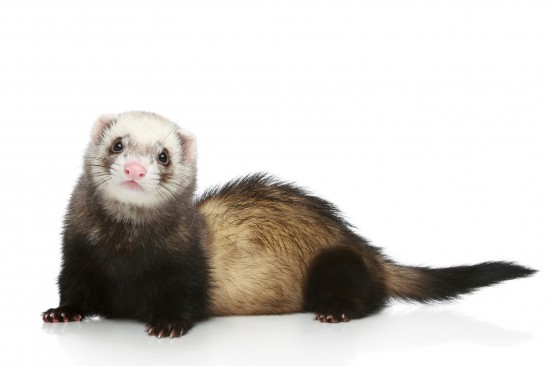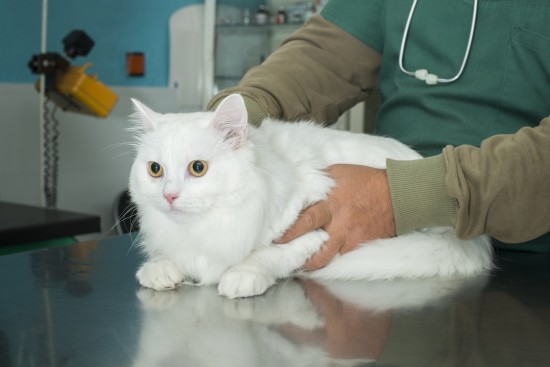

If you are stumped at what pet to get the kids and getting a dog or a cat is out of the question, there's a heap of other pets which could be a great choice and which are pretty easy maintenance. From fish to rabbits and lots in between, you'll find a myriad of creatures of every shape and size which all make terrific first-time kid's pets. However, rabbits and other small pets which are better off when kept indoors like hamsters, gerbils and even guinea pigs, need lots of care and their cages need to be regularly cleaned out to ensure the environment is nice for them to live in which in turn means quite a bit of responsibility.
Caring for hamsters and other furry pets has to be a family thing and not just a job that's left up to the children. Fish and terrapins need their tanks cleaning out on a regular basis as well which can become a chore instead of a pleasure. One pet that's pretty easy maintenance and which is fun for kids to keep is a stick insect (or two). They may not be as cuddly as a kitten or as devoted as a dog but they are fascinating creatures that don't make lots of noise and they certainly won't damage your much loved furniture or leave a puddle on the kitchen floor.
Stick insects are also referred to as "walking stick insects" are phasmids and they can vary in size with some being a couple of inches long whereas others can measure up to 12 inches from head to tail. Most of them resemble twigs and leaves found in their environments which means they blend in very well wherever they happen to be. This camouflage of sorts is to keep them well out of sight of their predators and it works very well.
There are well over 3000 species of phasmids but the more common species which are kept as pet include the following:
Depending on the species, a female stick insect can lay anything from 1 to 1000 eggs at any one time and the babies only hatch out after one to three seasons have passed by – although again this does depend on the species. Once the babies have hatched, the little stick insects climb up a tree and then proceed to hang upside down during the time it takes for them to moult which they do at least 5 times before they reach maturity.
Only around one in every thousand stick insects are male and they can usually fly. Female stick insects don't actually need a male to lay eggs (much like poultry) but when they do meet up with a male counterpart they mate but only stay together for a few weeks after which they go their separate ways.
Phasmids have quite short life spans and depending on the species this is anything from 12 to 16 months so if you are thinking of getting some for the kids – it's a good idea to get a few over a period of time so that when one reaches the end of their lifespans, there are still some stick insects in the environment for the children to look after. Baby stick insects, no matter what species tend to be incredibly cute looking!
Do stick insects make good kids pets? Yes they do because they are fascinating little creatures and they don't need lots of cleaning out – although their environments do need to be kept clean it is not as demanding as say a rabbit or guinea pig hutch. Although, they don't boast very long life spans, having a few of them in an environment is fun and looking after them teaches the kids the importance of responsibility in a pleasant and enjoyable way.
 Waardenburg Syndrome In Ferrets
Waardenburg Syndr
Waardenburg Syndrome In Ferrets
Waardenburg Syndr
 Is My Dog Suffering From Alzheimers?
Is My Dog Sufferi
Is My Dog Suffering From Alzheimers?
Is My Dog Sufferi
 Rabbit care guide
Rabbit care guide
A rabbit can make an excelle
Rabbit care guide
Rabbit care guide
A rabbit can make an excelle
 How To Make Visits To The Vet Less Stressful For Your Cat
How To Make Visit
How To Make Visits To The Vet Less Stressful For Your Cat
How To Make Visit
 8 Mistakes Many Dog Owners Make That Make Their Dogs Unhappy
8 Mistakes Many D
8 Mistakes Many Dog Owners Make That Make Their Dogs Unhappy
8 Mistakes Many D
Copyright © 2005-2016 Pet Information All Rights Reserved
Contact us: www162date@outlook.com